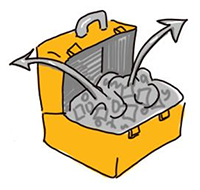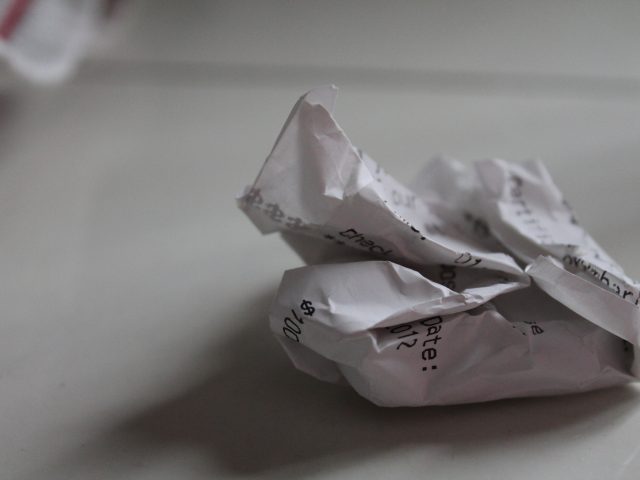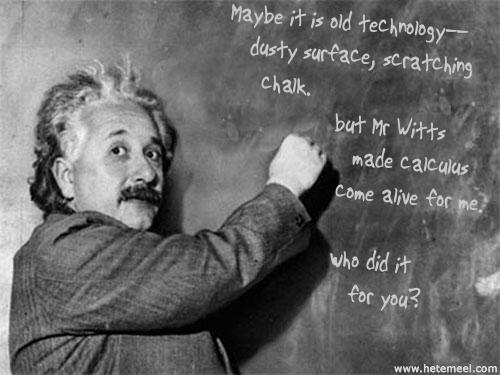How Learning Works
Giulia Forsythe
How Learning Works
This module is based primarily on the excellent book by Susan Ambrose and colleagues, How Learning Works: Seven Research-Based Principles for Smart Teaching (2010). Jossey-Bass: San Francisco.
“Learning results from what the student does and thinks and only from what the student does and thinks. The teacher can advance learning only by influencing what the student does to learn.”
– Herbert A Simon

The seven principles of how learning works are:
- Students’ prior knowledge can help or hinder learning.
- How students organize knowledge influences how they learn and apply what they know.
- Students’ motivation determines, directs, and sustains what they do to learn.
- To develop mastery, students must acquire component skills, practice integrating them, and know when to apply what they have learned.
- Goal-directed practice coupled with targeted feedback enhances the quality of students’ learning.
- Students’ current level of development interacts with the social, emotional, and intellectual climate of the course to impact learning.
- To become self-directed learners, students must learn to monitor and adjust their approaches to learning.
This module includes activities to explore all these principles.
Prior Knowledge
We know without a doubt that the single most important thing your students bring to class is their prior learning and experience. This knowledge is a special kind of baggage that can either contain essential building blocks to advance toward mastery or be a heavy weight that slows down learning.

Prior knowledge can help or hinder learning
Help
Using students’ own experiences to generate examples helps learners to make connections and increase retention. Examples include scaffolding learning from earlier classes and experiences.
Hinder
Insufficient, inaccurate, or incorrect information can slow or halt learning. For example, you may have heard of the famous physics education study where scientific misconceptions persist even in Harvard graduates about why we have seasons or whether a feather dropped from a height would fall slower than an anvil that is dropped. Even after having learned and been tested, students persist on reverting back to “intuitive” stances about scientific misconceptions, which ultimately can hinder any potential learning that would need to scaffold onto these basic grade school concepts.
Strategies to determine and acknowledge students’ prior knowledge
You can identify some common misconceptions in your discipline by considering your student’s prior learning and connecting new knowledge to prior knowledge.
- Determine your students’ prior learning:
- Use diagnostic assessments such as self- and peer assessments, brainstorming, and mind maps. Look for patterns among the students’ responses.
- Connect new knowledge to prior knowledge:
- Be explicit about connections.
- Link between courses.
- Links within courses.
- Links to students’ own knowledge and experience.
Extend Activity – Misunderstood

Extend Activity- Misunderstood
Identify a concept that is often misunderstood in your discipline. Can you think of an analogy that can help make the concept make sense to students? How can you tap into student experiences and prior learning?
You can share your response to this activity in your own blog, in a discussion/workspace, as a Hypothesis annotation, or as a sharable document.
Please it to the some responses from previous Extend participants by entering your own thoughts into the Extend Bank
A Teacher for Learning Small Stretch (optional)
Here is one of our chances to just do some stretching.
Small Stretch: Most Memorable Teacher
We have chosen the verb extend as a metaphor for this project. What does it mean to you?
Did that teacher employ any of the characteristics listed for “How People Learn?”

Share your memory of a teacher — if you want to put it on the board like we did, try the hetemeel.com einstein generator!
You can choose to do this stretch by communicating with colleagues in a shared workspace or course discussion area, taking notes in a document, making a blog post, adding an annotation to this area in Hypothesis (try this link to open it)[1]. Or you can respond to it via twitter as it was originally published as a Daily Extend https://extend-daily.ecampusontario.ca/oext381/
- Open this page and enable Hypothes.is, https://via.hypothes.is/https://ecampusontario.pressbooks.pub/oextend/chapter/first-small-stretch/ ↵

